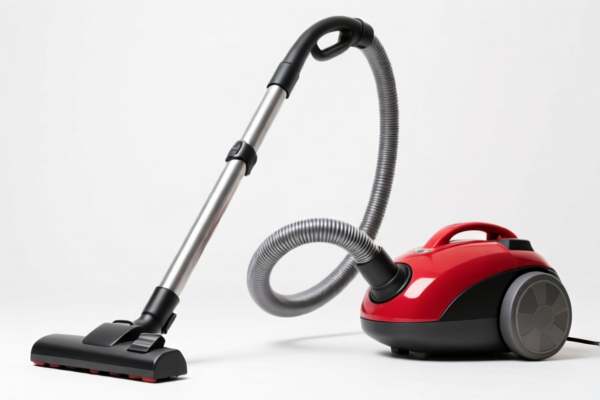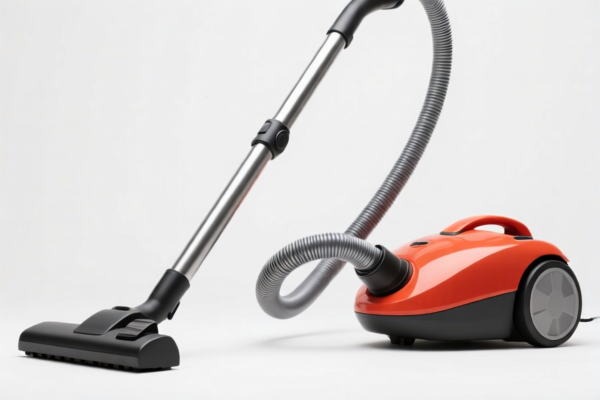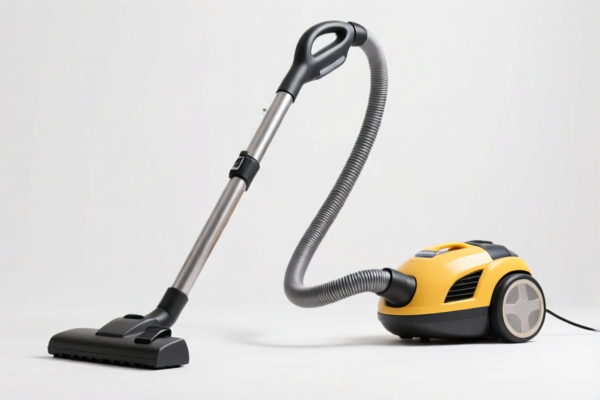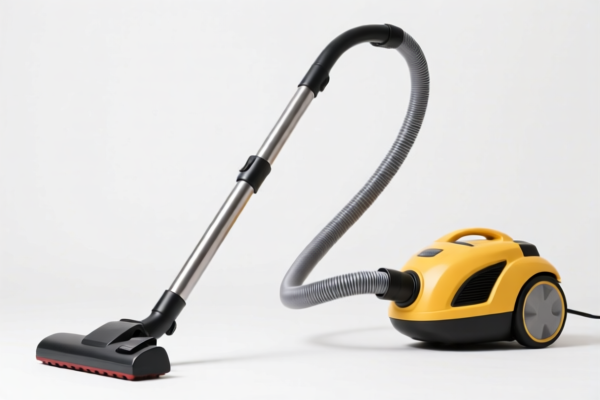| HS Code | Official Doc | Tariff Rate | Origin | Destination | Effective Date |
|---|---|---|---|---|---|
| 3825610000 | Doc | 55.0% | CN | US | 2025-05-12 |
| 3825690000 | Doc | 55.0% | CN | US | 2025-05-12 |
| 3402905030 | Doc | 58.7% | CN | US | 2025-05-12 |
| 3405400000 | Doc | 55.0% | CN | US | 2025-05-12 |
| 3405900000 | Doc | 55.0% | CN | US | 2025-05-12 |




Oven Cleaner
Oven cleaners are chemical formulations designed to remove baked-on food residue, grease, and carbon deposits from the interior surfaces of ovens. They are typically highly alkaline, employing strong bases such as sodium hydroxide (lye) or sodium carbonate to facilitate the breakdown of these substances.
Material Composition
The core active ingredients are strong alkaline compounds. Beyond these, formulations commonly include:
- Solvents: Glycol ethers, butoxyethanol, or similar solvents to aid in dissolving grease and distributing the cleaner.
- Surfactants: To reduce surface tension, allowing the cleaner to spread more effectively and emulsify fats.
- Chelating Agents: Like EDTA, to bind minerals and prevent them from interfering with the cleaning process.
- Foaming Agents: To help the cleaner cling to vertical surfaces.
- Corrosion Inhibitors: To minimize damage to oven components.
- Fragrances and Dyes: For aesthetic purposes and to indicate application.
Purpose & Function
The primary purpose of oven cleaner is to restore the oven interior to a clean state, improving cooking efficiency and hygiene. The alkaline compounds react with fats and proteins through a process called saponification (fat hydrolysis) and hydrolysis, breaking them down into soluble compounds that can be wiped away. Carbon deposits are loosened through chemical action and mechanical scrubbing.
Usage Scenarios
- Home Kitchens: The most common application, used for periodic deep cleaning of ovens.
- Commercial Kitchens: Restaurants, bakeries, and other food service establishments utilize oven cleaners more frequently due to higher usage rates.
- Self-Cleaning Oven Assistance: Some formulations are designed to supplement self-cleaning oven cycles, removing particularly stubborn residue.
Common Types
- Caustic (Lye-Based): These are the most powerful cleaners, effective on heavily soiled ovens. Require careful handling and ventilation due to their corrosive nature. Typically come in aerosol cans or liquids.
- Non-Caustic (Carbonate-Based): Generally less aggressive than lye-based cleaners, making them safer to use. Often preferred for self-cleaning ovens or lighter cleaning tasks.
- Fume-Free/Low-Fume: Formulations designed to minimize irritating fumes. May require longer contact times.
- Gel Formulations: Designed to cling to vertical surfaces, providing extended contact time.
- Aerosol Sprays: Convenient for application, but may require more ventilation.
- Liquid Cleaners: Often more economical and suitable for larger areas.
Safety Precautions
- Ventilation: Essential to avoid inhaling fumes.
- Protective Gear: Gloves and eye protection are crucial.
- Avoid Contact with Skin: Alkaline cleaners can cause severe burns.
- Follow Manufacturer's Instructions: Contact times and application methods vary between products.
- Rinse Thoroughly: Ensure all cleaner residue is removed before using the oven.
- Compatibility: Check if the cleaner is suitable for the oven's surface (e.g., stainless steel, porcelain).
Oven cleaner typically refers to a cleaning preparation designed to remove baked-on food residue and grease from ovens. It functions as a specialized cleaning agent for kitchen appliances.
Here are the relevant HS codes based on the provided information:
-
3402905030: Organic surface-active agents (other than soap); surface-active preparations, washing preparations (including auxiliary washing preparations) and cleaning preparations, whether or not containing soap, other than those of heading 3401: Other: Other: Other Cleaning preparations. This code covers cleaning preparations, and oven cleaner falls under this category as a specialized cleaning agent.
- 34: Chapter – Chemicals and allied industries.
- 02: Heading – Organic surface-active agents, washing preparations and cleaning preparations.
- 905030: Subheading – Other: Other: Other Cleaning preparations. This specifies a more detailed classification within cleaning preparations.
-
3405400000: Scouring pastes and powders and other scouring preparations. If the oven cleaner contains abrasive components for scrubbing, it may be classified under this code.
- 34: Chapter – Chemicals and allied industries.
- 05: Heading – Scouring pastes and powders and other scouring preparations.
- 400000: Subheading – Scouring pastes and powders and other scouring preparations. This specifies the classification of scouring preparations.
-
3405900000: Other. This code is a broader category for preparations not specifically covered elsewhere within Chapter 34. If the oven cleaner's composition doesn't fit neatly into other classifications, it could fall under this code.
- 34: Chapter – Chemicals and allied industries.
- 05: Heading – Other.
- 900000: Subheading – Other. This is a general classification for other preparations within the chapter.
Tax Rate Information:
- For HS codes 3402905030, 3405400000, and 3405900000:
- Basic tariff: 0.0%
- Additional tariff: 25.0%
- Additional tariff after April 2, 2025: 30.0%
- Total tariff: 55.0%
Customer Reviews
No reviews yet.